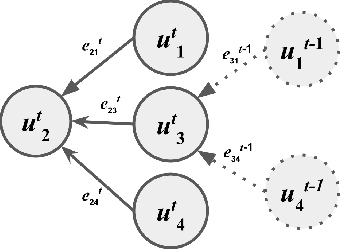HOT-VAE: Learning High-Order Label Correlation for Multi-Label Classification via Attention-Based Variational Autoencoders
Paper and Code
Mar 09, 2021



Understanding how environmental characteristics affect bio-diversity patterns, from individual species to communities of species, is critical for mitigating effects of global change. A central goal for conservation planning and monitoring is the ability to accurately predict the occurrence of species communities and how these communities change over space and time. This in turn leads to a challenging and long-standing problem in the field of computer science - how to perform ac-curate multi-label classification with hundreds of labels? The key challenge of this problem is its exponential-sized output space with regards to the number of labels to be predicted.Therefore, it is essential to facilitate the learning process by exploiting correlations (or dependency) among labels. Previous methods mostly focus on modelling the correlation on label pairs; however, complex relations between real-world objects often go beyond second order. In this paper, we pro-pose a novel framework for multi-label classification, High-order Tie-in Variational Autoencoder (HOT-VAE), which per-forms adaptive high-order label correlation learning. We experimentally verify that our model outperforms the existing state-of-the-art approaches on a bird distribution dataset on both conventional F1 scores and a variety of ecological metrics. To show our method is general, we also perform empirical analysis on seven other public real-world datasets in several application domains, and Hot-VAE exhibits superior performance to previous methods.
 Add to Chrome
Add to Chrome Add to Firefox
Add to Firefox Add to Edge
Add to Edge